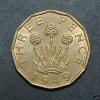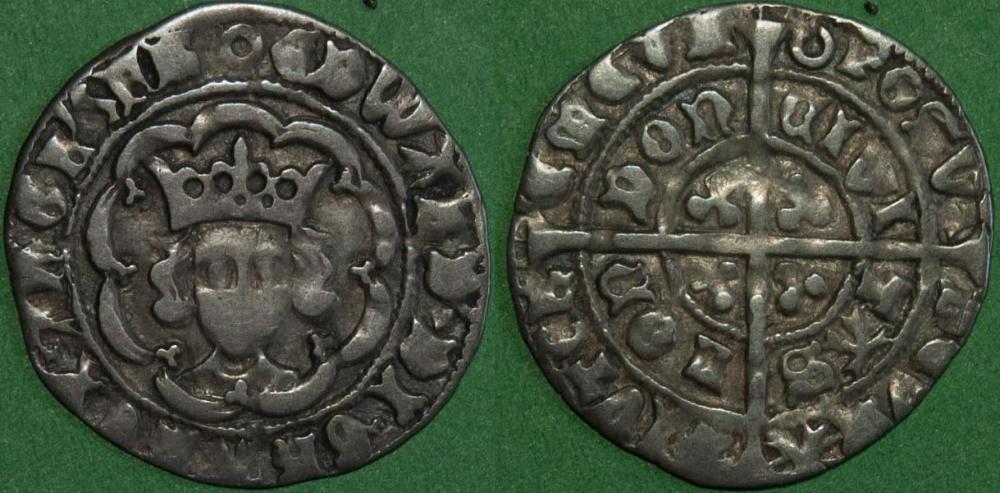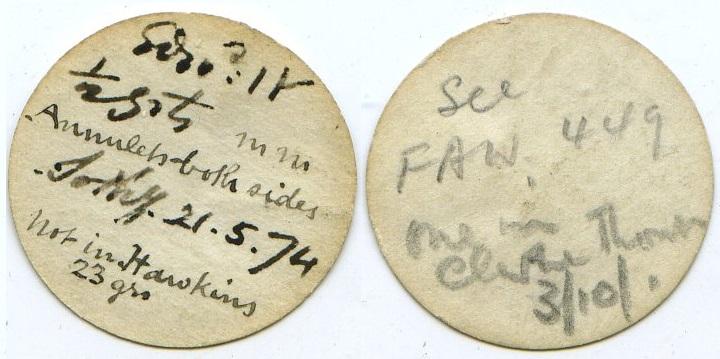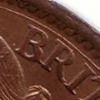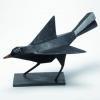Leaderboard
Popular Content
Showing content with the highest reputation on 11/10/2019 in Posts
-
4 points
-
3 points
-
The third one down is an unfeasible operation. Webb and Son? You could live off Indian cuisine for weeks and not come close to producing commercial quantities.3 points
-
A premium depending on the name(s) involved, but not necessarily the deciding factor when buying a coin. There's something very satisfying when you need multiple tickets to record the details plus provenance. It's also worth noting that a provenance going back a century where it was illustrated in the catalogue is also a very good indicator of how good it is relative to its peers or how rare the coin is, as only the best examples for whatever reason got imaged, even in Montagu, Murdoch etc. Certain collectors were also renowned for only collecting the best available, so the provenance helps a little here too. Quality and certain names frequently go hand in hand.2 points
-
Provenance is pretty important to me as I collect the unofficial farthing series. In particular, I'm prepared to pay a lot more for examples in the Scottish series if its a plate coin in D&H, and in the English series happy to pay a premium for pieces from the Cokayne, Allen, Brodie collections etc. With very common tokens it can be more fun to own a mediocre piece with provenance going back to 1905 than an overpriced minty one. Many of the rare tokens in the series only exist in poor grade, think VG or Fine at best, so when selecting an example for a collection often there's little choice with respect to condition, and therefore an example with good provenance is preferable to me. I like buying 18th century tokens with inked in collector's numbers, because I don't really consider this "damage" even the provenance is untraceable at the moment. They may hold interesting provenance information accessible in the future, if only to future generations of collectors.2 points
-
I guess it really depends just how good the provenance is. Largely I'd say about 5% for "good" provenance, but if it was e.g. ex-Freddie Mercury and documented, possibly up to 30% (as long as there was also enough meat left for a margin )1 point
-
A ticket can tell a lot. I bought this coin in Stewartby and didn't recognise the significance of the ticket when cataloguing at the time. However, on reflection the characteristic H in 'not in Hawkins' screamed Webb, and the Sotheby 21/5/74 didn't make sense until I realised it was 1874, at which point the not in Hawkins made sense because Hugh Howard was an Irish collector who died in 1738 but the collection was sold 136 years later at Sotheby's 20-22nd May 1874, which is why Hawkins didn't know about it. Suddenly, an unquestionably rare but not particularly appealing halfgroat had a load of history added, so I bought it instead of ignoring it as I would have done knowing there is a better one out there. The Lockett provenance didn't do any harm either. I like provenances. Edited to add. What is better? A 60 year old provenance going back to Lockett in 1956, or the knowledge of where it has been for the past 281 years, even if I am unable to account for the first 267 years of its existence.1 point
-
OK, turning over a new leaf. I've twigged. No more jokes. Maybe my mindset needs root and branch reform.1 point
-
1 point
-
Possibly, but the Boulton family coins were privately sold, usually immaculate restrikes, and usually slabbed with "ex Boulton family" on the slab. This coin was sold HA June 2006 (Lot 13032) unslabbed and unprovenanced, which I would be surprised by if it had been ex-Boulton. It was subsequently sold DNW 2009 Coinex Auction Lot 3079 (Dave Wallis collection) before I picked it up in a Baldwin's sale late 2012. The two tiny green spots below bust and in exergue are good identifiers. I don't know of any photographic archive of the Boulton family collection and would be interested to know of one.1 point
-
Define provenance/pedigree? For example, I'm about to buy an 1806 halfpenny from Michael Gouby. I asked him about provenance and he said all he could remember was that he bought it from Spink at a coin fair. So there's no evidence that it was ever in an 'important collection', but frankly the two names of Spink and Michael Gouby gives me confidence in the coin. Would I have paid extra? Perhaps just a little bit, but it's not that important.1 point
-
For me, grade and/or rarity are the key attributes. Provenance adds interest but not value in my eyes.1 point
-
I've not heard of any - the first proofs were the 1971 set. I think those were struck in the early 70s at the London Mint who were too busy before 1971 to bother with proofs.1 point
-
I kept the brass fittings untouched to allow it to look its age. The trays with complete original green felts are in almost new condition I would even say no evidence it has housed any coins before. The mahogany used for the trays are of higher quality and better finish than Nichols with some having a beautiful grain pattern iridised effect. It has a "Spink & Son" ivorine plate on the base. I think they are very similar to "Turton" and would not be surprise if they made these cabinets sold by dealers in the same way Rob now makes cabinet sold by Royal Mint to the public.1 point
-
Oh gosh, not Yew again. Don't talk to me in such clipped tones, or we'll have to set some boundaries between us.1 point
-
Not have many coins but I have many cabinets. I have view them as furniture 🙂 Nichols cabinets the St Leonard era was a bit of a mix bag. Maybe its the quality of mahogany became inferior after 2004 when there was a worldwide ban on big leaf mahogany. Could also be because of Peter's health just before he sold the business? His best cabinets seems to be from the 90s but I also think the price Peter was selling them for plus the demands influence the quality. I have a medal cabinet from around 1990 and it must be the time when Peter paid attention to evolving his design and it was very well made and the wood was stunning. The Nottingham family version I have not owned one but it looks like QC has been tightened now. Recently I was deciding what sort of coins I should put in my antique cabinet. I suppose it was'nt too hard, it screams "Roman". This is an auction photo when I first had it, its now cleaned up nicely and I treat it with Renaissance Wax due to the glossy varnish of antique furniture. It is between the size of Nichol's Crozier and Mascle so it is intimate in size but big enough to house many coins. In reality it does not matter one bit but for me I think a cabinet should suite the coins it houses like fine wine should be drunk with the finest glass and not from a paper cup. Imagine an antique cabinet steep in mystery and when you open the tray it reveals rows of Peter Rabbit 50p😱 Victorian and Edwardian cabinets take on a character of its own and for me it should house coins that date either around or before its time. Obviousely I won't lose any sleep havng modern coins in my old cabinet, I still do, but this one is strictly ancient only.1 point
-
The drawers are mahogany, but as I've already said in the post you quoted, the rest is cherry wood. Build quality of this cabinet is better than the Nichols cabinet I've got. But that's just comparing one individual cabinet with another. You only ever seem to post about cabinets. What type of coins do you put in them? Not that there's anything wrong with posting about cabinets, but it would be interesting to know your coin interests as well.1 point
-
1 point

